Cover crops, also called green manure crops, help loosen clay or compacted soils with their roots and by adding organic matter. They also prevent nutrient loss and erosion during the non-growing season. Leguminous cover crops, such as winter rye, alfalfa, hairy vetch and clover, which add nitrogen to the soil, are usually planted at the end of summer or early fall.
Soil amendments are most commonly used in vegetable gardens and landscape beds. It is important to evaluate various types of soil amendments and determine which ones will provide the most benefit. This often leads to a combination of different amendments to supply organic matter, nutrients, and improve the soil texture. There are many combinations but a good general-purpose ratio is one part composted manure, to three parts garden compost to one part soil conditioner.
This amendment mixture can then be tilled in prior to planting. The addition of organic matter is beneficial but too much can be detrimental to plant health. Start with adding 25% by volume or 2 inches of organic matter into the top 6 inches of the soil. I always see things on how to work with sandy, silty, or clay soils, practically nothing on peat soils. I moved to an area this last Fall, that had a lot of glacier activity and is a meadow or grass land now.
We would like to grow a garden, but we have black peat soil for about 14 feet down. I used a home soil test and found no nitrogen in the soil. There is some phosphorus and a small amount of potassium.
What should we do to our soil to be able to grow a vegetable garden and fruit trees? The best way to improve soil texture is by adding organic material, such as compost or peat moss. Decaying organic matter helps sandy soil by retaining water that would otherwise drain away. And it corrects clay soil by making it looser, so air, water, and roots all can penetrate. Plus, in all soils it encourages beneficial microbial activity and provides nutritional benefits. Clay soils with little organic matter will harden and crust easily as they dry and become difficult to re-wet.
To improve the physical condition of heavy clay soils in small gardens and beds, apply composted manure and other organic matter, as well as some coarse sand. Never work more than an inch of sand into clay soil unless an equal amount of organic matter is also incorporated. Sand may improve drainage and reduce crusting of clay soil for a short time, but in the long run, sand alone will harden soil, making it difficult to cultivate.
Unlike sandy soil, clay soil holds moisture well—sometimes too well. Fine soil particles stick together, allowing little room for drainage or for air to reach plant roots. The solution is to break up the soil and add lots of organic matter such as compost, shredded leaves, peat moss and gypsum over time. Clay soil is often not aerated enough and is deficient in good structure which makes it more difficult for successful growing. To get the most out of clay soil it's best to add large quantities of well-rotted organic matter in the fall and peat a few weeks before planting.
Greensand can also be used to loosen heavy clay soils or bind sandy soils. You can improve clay soil, but don't work it when it's wet, and avoid walking on it so it doesn't become compacted. When it's dry, add three to four inches of organic materials, such as compost, leaf mold or well-rotted manure , and work them into the soil about six inches deep. Mulch the soil with bark, wood chips or some other type of mulch that decomposes slowly.
Over time, the sun and rain break down the mulch, which will also improve your soil. Clay soils benefit from organic matter too, because it improves their structure by binding clay particles into crumbs. By adding coarse sand to heavy soils you can make a permanent improvement in their texture. Spread the sand to a depth of 5–8 cm, then mix well into the topsoil to a depth of 15–20 cm. If these materials are not available or if the soil is in poor physical condition the plants will not grow and develop properly. Take care of the soil during the growing season by applying starter fertilizer and by side dressing with fertilizer.
Rock phosphate, or rock dust, is also a valued amendment to restore phosphorus levels needed for vigorous plant growth. Compaction is most likely to occur with heavier soils like clay and loam, but when heavy equipment is used, sandy soils can become compacted. These are soil particles that are packed closely together. The problem may be compounded by events that have happened to the soil over the course of years.
The pore spaces are reduced to the point that air and water cannot move freely and plant roots cannot grow easily into the surrounding soil. The soil could remain overly wet longer than is healthy for the plants growing there. Adding organic matter is the best way to make your soil more loam-like and improve its structure. Another option is to build a raised garden bed and fill it with a well-balanced soil mix. Or take the simple approach by growing plants that do well in your soil type, such as choosing drought-tolerant plants for sandy soils.
You can grow a garden successfully in any soil, as long as the plant's roots are accustomed to the conditions. Common soil amendments include compost, grass clippings, straw, shredded leaves, rotted manure and dried seaweed. In addition to helping loosen heavily compacted soils and improve overall soil health, adding organic matter is a good way to improve both clay and sandy soils. Aside from improving soil texture, adding organic matter can have other benefits as well. One of which is the addition of beneficial soil microbes, such as fungi and bacteria. These microbes help with plant nutrient uptake by making nutrients more available for root uptake.
Organic matter such as manure helps sandy soil to retain moisture and nutrientsOrganic matter is a kind of cure-all in the garden. Any organic matter will work to build soil structure and its ability to hold onto water. Compost and manure are preferred because they are rich in nutrients, which they drip-feed to your plants. Over time, they'll also help to increase the pH of acidic sandy soils. Organic matter in soil serves as food for earthworms, insects, bacteria and fungi-they transform it to soil nutrients and humus. Through this decomposition process, materials are made available as foods to growing plants.
In finely textured clay soils, organic material creates aggregates of the soil particles, improving drainage and making it easier to work. Earthworms are especially helpful in making and keeping soil porous and well draining, said Brewer. When we moved to 'rock hill', I just gave up the first year or two growing in the ground and started my new garden in tubs and buckets. As those gardens produced I was working in starting new beds and building them up as organic materials became available as we worked the new territory. 🙂 Clearing brush allowed for some big hugelkulture beds that are now starting to produce in years 3 & 4 here. Clearing some overgrowth and raising the canopy gave us sunlight – that lil' essential most plants needs.
Clearing some of the brush allowed us to pile it in hedgerows that prevent erosion and give wildlife a place to live. Not having a bunch of money to throw at the problem all at once we grow incrementally. Fruit tree layer first, then we had a shrub planting year, then a perennial plant year, etc. After a crop is harvested the soil needs to be renewed before planting a successive crop.
These cover crops are tilled in before they go to seed, and break down quickly so a new harvestable crop can be planted without much delay. The disadvantage of heavy clay soil is that it becomes waterlogged, with poor drainage and aeration. Gardeners with a heavy clay soil need to mix in some gypsum - a natural mineral. This helps to break up the clay and will improve its structure so that it forms crumbs that are easy to work. Add organic matter, such as compost or aged animal manures, because they're important for all soils.
Chop over-wintered cover crops directly into spring soils a few weeks before planting. During the growing season, sow a quick-growing cover crop, such as buckwheat, to fill the gap between spring and fall crops. When it's time to plant, pull the buckwheat cover and use it as a mulch for fall garden beds. Relatively little lime is needed to raise the pH of a sandy soil one full point on the pH scale. More lime is required to change the pH of clay soils containing large amounts of organic matter.
On established landscape beds, it may be necessary to add 1 pound per 100 square feet every year or two to allow the lime to work gradually and continually into the soil. A complete soil test every three to four years is advisable. Green manure crops are plowed under green for their beneficial effect on soil. Green manure crops are crops that are easily established and grow rapidly, producing succulent top growth and roots. Green manure crops, such as winter rye, winter wheat, oats, barley, and buckwheat, are often plowed under green for their beneficial effect on soil. They are used on vegetable garden soils that lack tilth and that are low in organic matter.
How To Fix Hard Garden Soil A legume-grass mixture is an effective green manure crop. For quicker results, scatter 1/4 to 1 1/2 pounds of a complete fertilizer, such as , over each 100 square feet of soil before seeding the green manure or sod crop. Clay's potential as one of the best soil types for plant growth lies in its unique properties. Managed well, clay soil typically requires less irrigation and less fertilizer, and leads to healthier plants all around. To get the organic matter down to root level, use a garden fork to mix the material into the top 4 to 6 inches of soil. In vegetable gardens, which usually contain annual or biennial plants, you can amend your soil each season.
Perennial gardens should be amended prior to planting so you won't disturb the plant roots. Many perennials must be dug up every few years for division, providing a good opportunity to work in additional organic matter. Good soil provides just the right space between its particles to hold air that plants will use. Silty and heavy clay soils have small particles that are close together. Sandy soils have the opposite problem; their particles are too big and spaced out. The excessive amount of air in sandy soil leads to rapid decomposition of organic matter.
Organic soil is rich in humus, the end result of decaying materials such as leaves, grass clippings and compost. Good organic garden soil is loose and fluffy — filled with air that plant roots need — and it has plenty of minerals essential for vigorous plant growth. It is alive with living organisms — from earthworms to fungi and bacteria — that help maintain the quality of the soil. Proper pH is also an essential characteristic of healthy soil.
Walking on your lawn or garden when its wet is a common cause. Heavy, beating rains also drive clay particles together. Salts from fertilizers and winter de-icing solutions build up in heavy clay as well.
Cover crops are a temporary planting, usually sown in the fall, that help protect the soil from wind and erosion and add valuable organic material. They also establish a dense root structure that can have a positive effect on soil texture. Cover crops also suppress weeds, deter insects and disease and help fix nitrogen.
When the crops are turned into the soil, they become green manure . Organic dry fertilizers are mixed into the soil according to the directions on the label and then watered. They work more slowly than liquid fertilizers, but last longer. Fertilizer blends contain different amounts of nitrogen, phosphorus and potassium. Other fertilizers may contain bat guano, rock phosphate, molasses or other ingredients. There are dozens of recipes for making your own organic fertilizer.
Bark, sawdust, manure, leaf mold, compost and peat moss are among the organic amendments commonly used to improve clay soil. Two or three inches of organic materials should be spread and rototilled, forked or dug into the top six or seven inches of your garden beds. Fortunately, sandy soil is easy to dig, so work in two or three inches ofpeat moss or perlite to help it retain water.
To add nutrients, work in compost, leaf mold, well-rotted manure or other organic matter. Liquid fertilizerscan move through sandy soil too fast to benefit plants. Chop organic material directly into the top 2 inches of soil with a heavy bladed hoe and cover with mulch. Ideally, add concentrated manures, mineral phosphorous and potassium fertilizers, and lime at the same time. Adding these materials in the fall gives them time to break down for use when plants need them in the spring.
The best amendment for soil of any texture is organic matter, the decaying remains of plants and animals. As it decomposes, organic matter releases nutrients that are absorbed by soil-dwelling microorganisms and bacteria. The combination of these creatures' waste products and their remains, called humus, binds with soil particles. In clay, it forces the tightly packed particles apart; drainage is improved, and the soil is easier for plant roots to penetrate.
In sand, it lodges in the large pore spaces and acts as a sponge, slowing drainage so the soil stays moist longer. Your soil test or extension agent can help you determine the right amount of organic matter for your soil. In following years, build on your efforts by adding 1 to 3 inches of organic mulch as a topdressing each year.1 As it decomposes, it continues to gradually improve clay soil. Bark products, such as finely shredded bark mulch is sometimes sold as a "soil conditioner".
This material is meant to be incorporated into the soil to add organic matter deeper in the soil and help loosen compacted soils. These products are excellent for adding organic matter to both clay and sandy soils. Sandy soils tend to not hold on to plant nutrients very well.
The goal of amending this soil type is into increase the nutrient holding capacity. Incorporating compost will help add additional binding sites for plant nutrients to be held. Caution must still be exercised, because sandy soils can still leach out great amounts of nutrients.






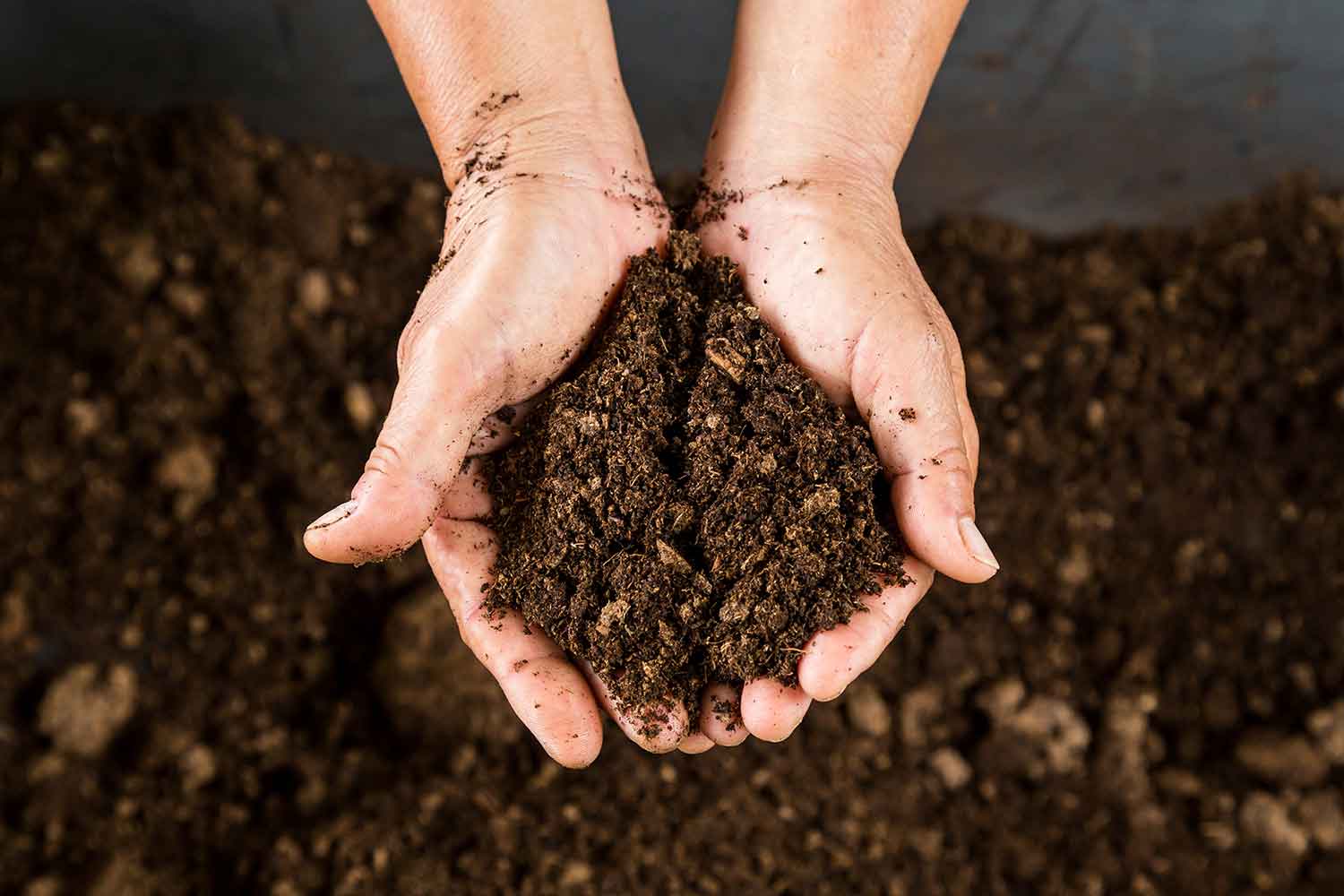

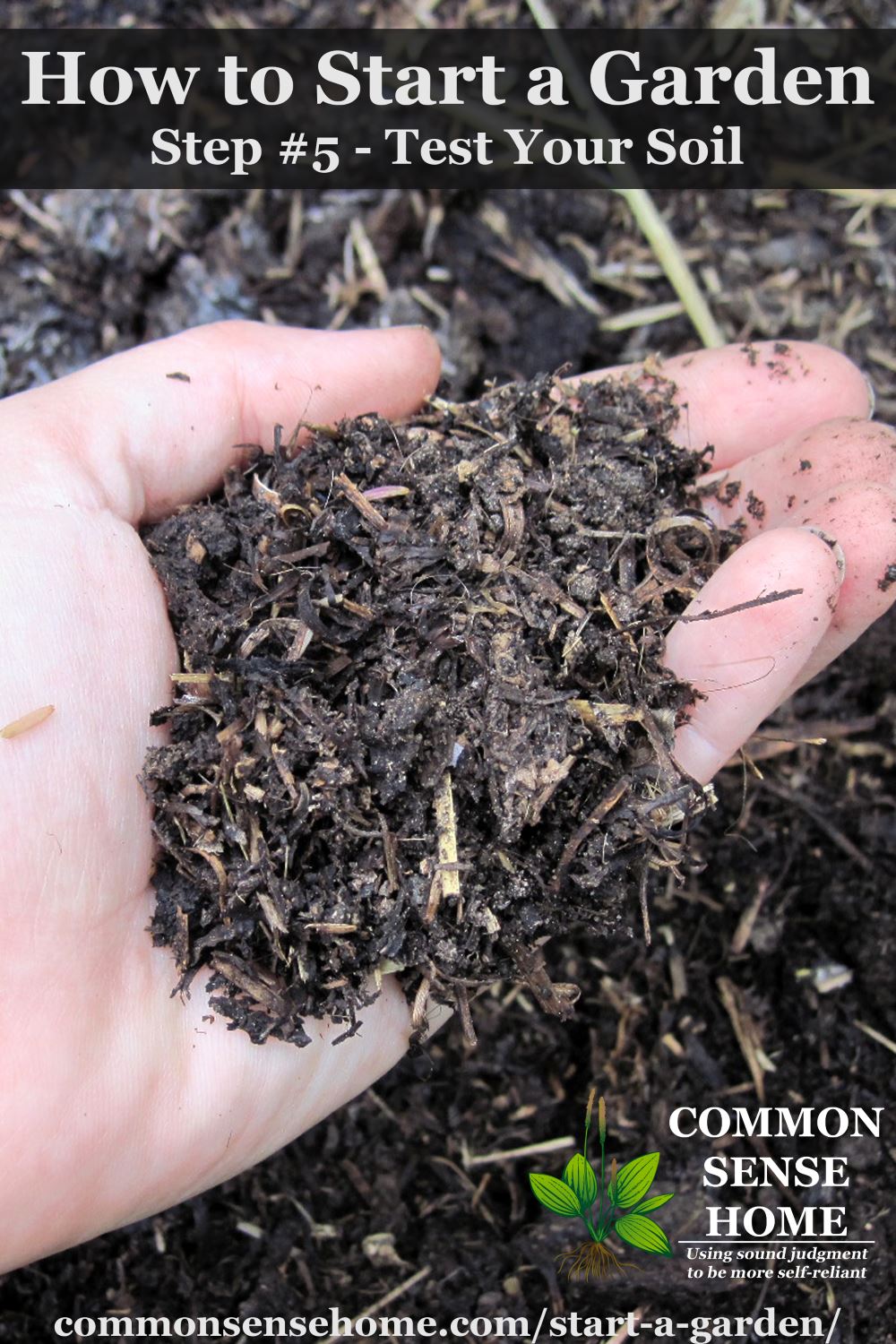



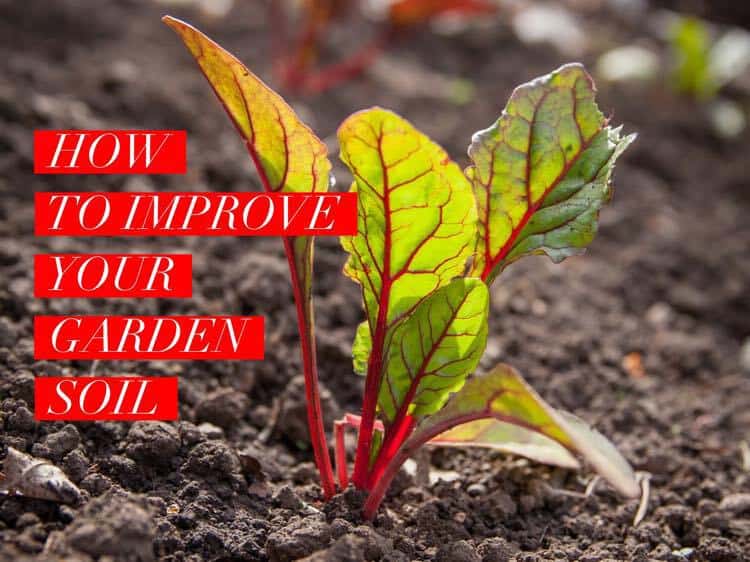






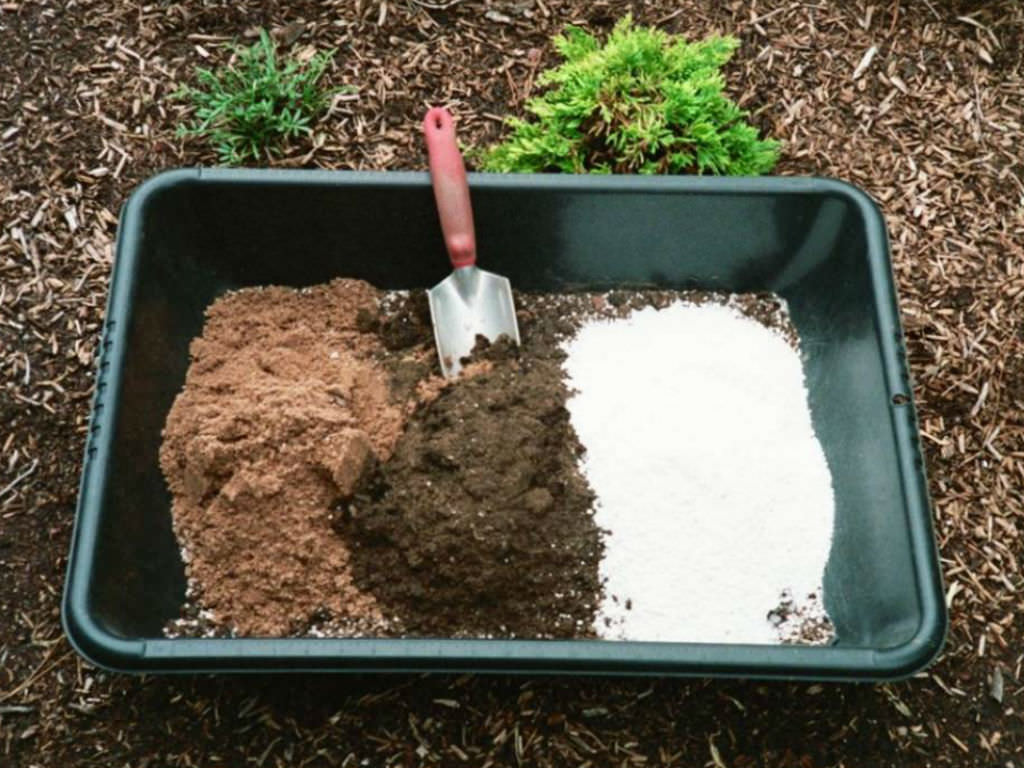


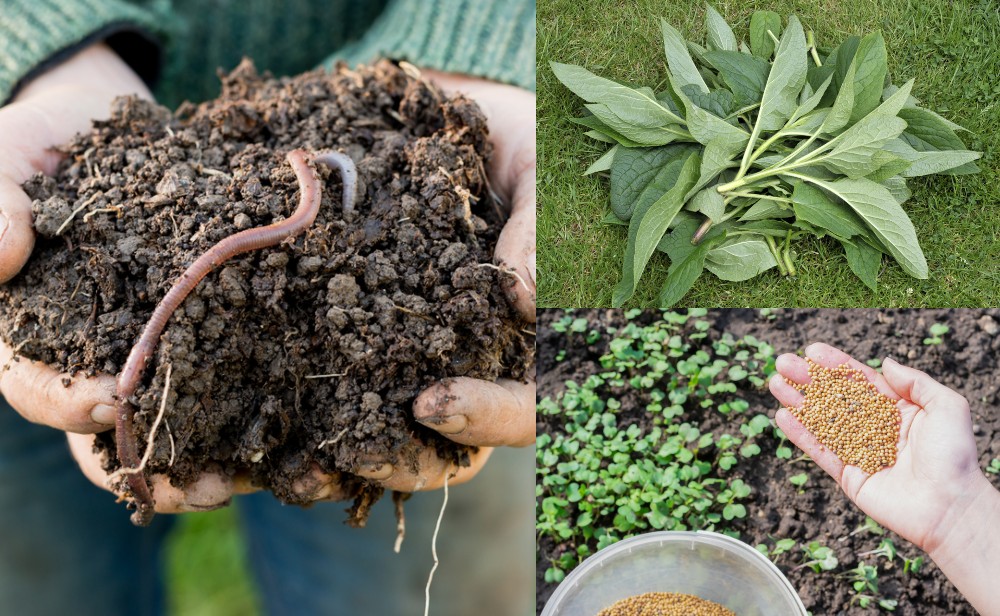


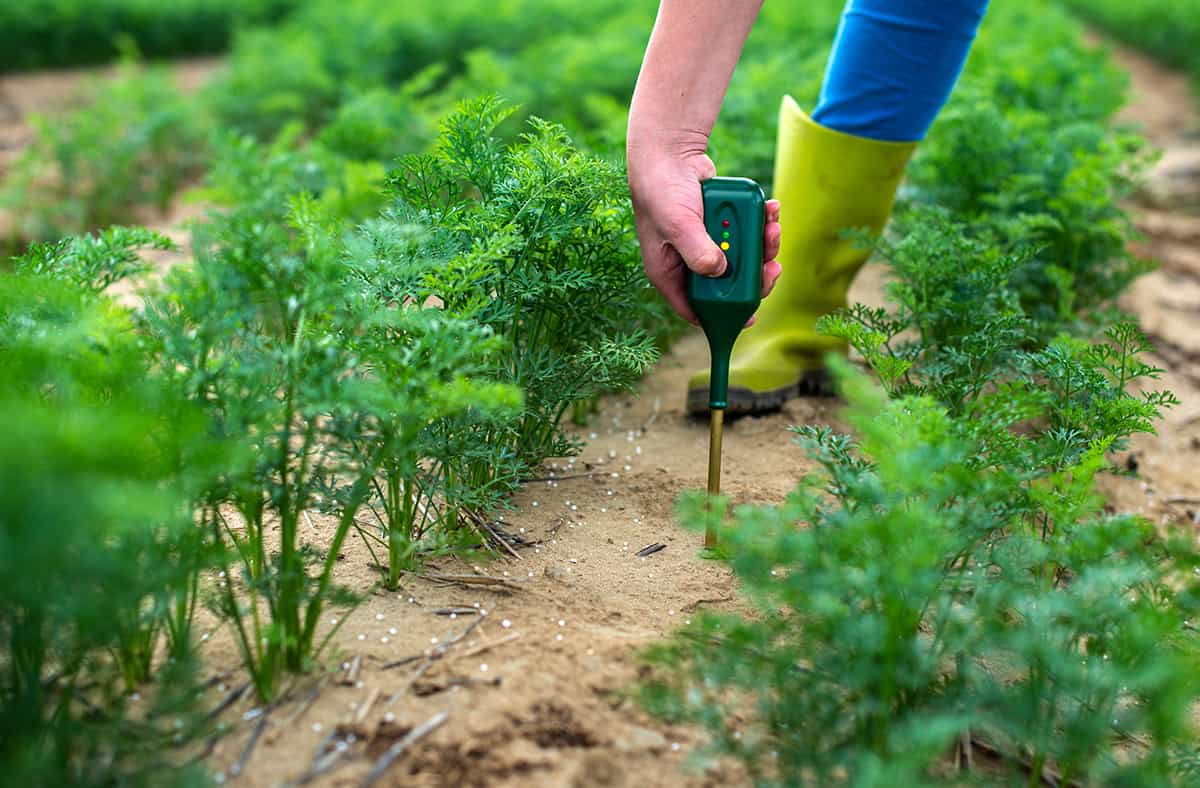

No comments:
Post a Comment
Note: Only a member of this blog may post a comment.